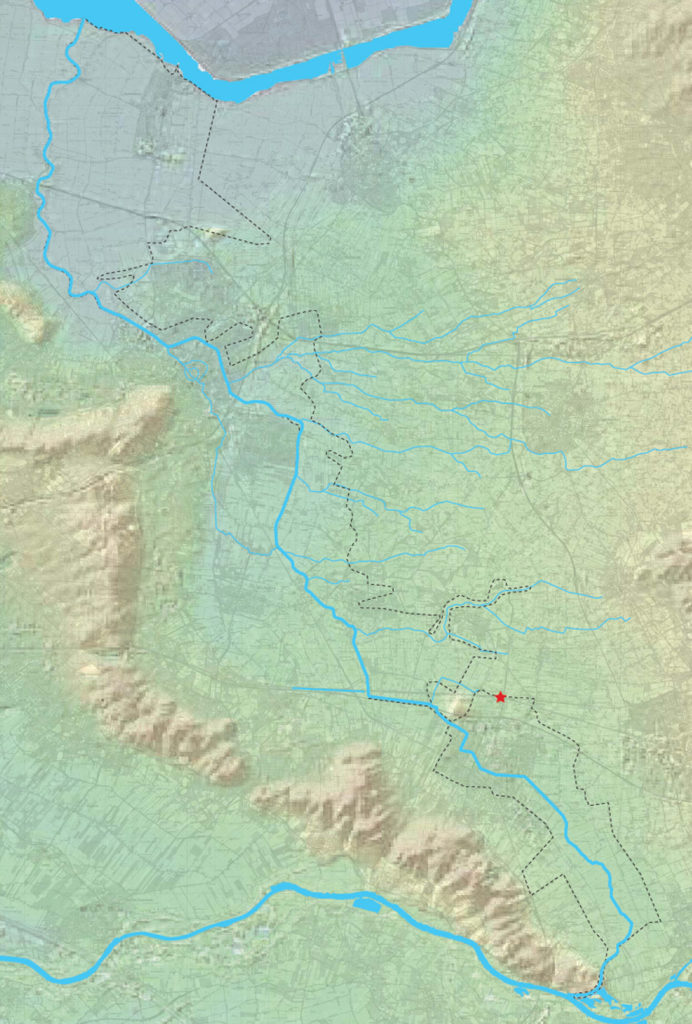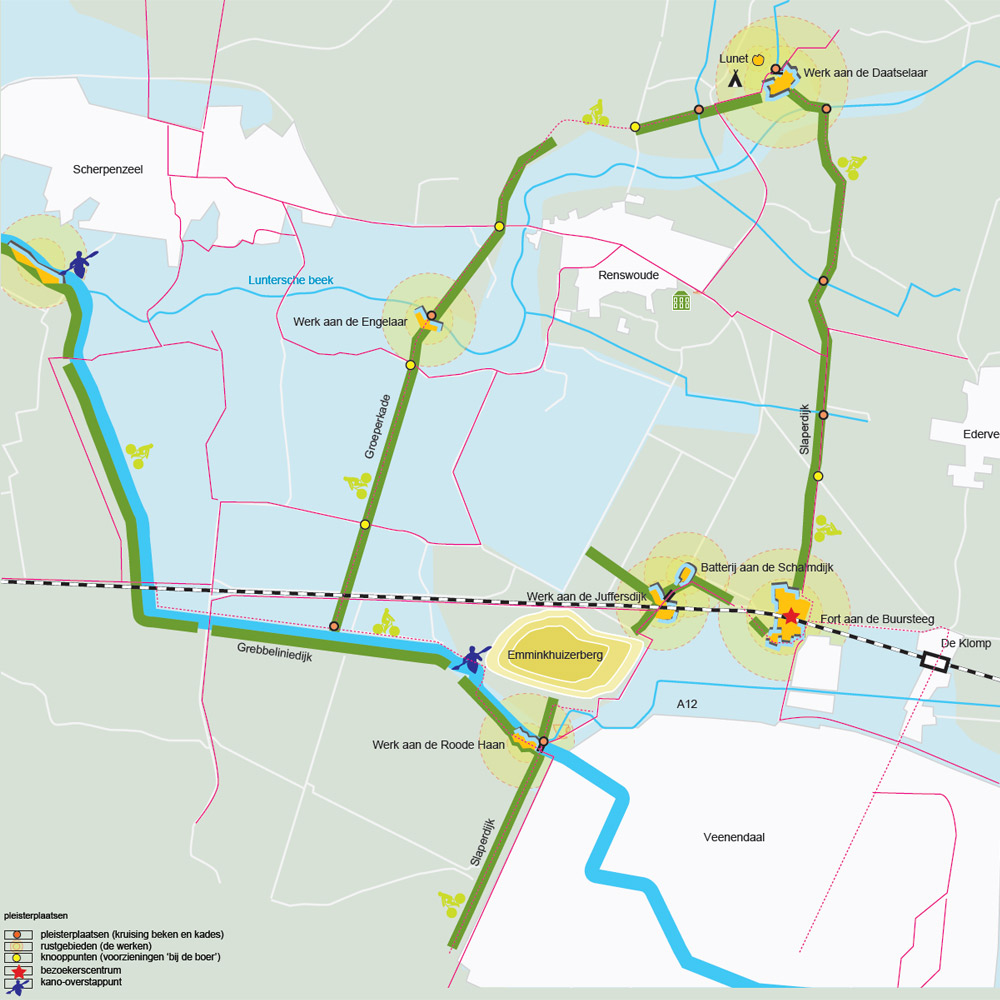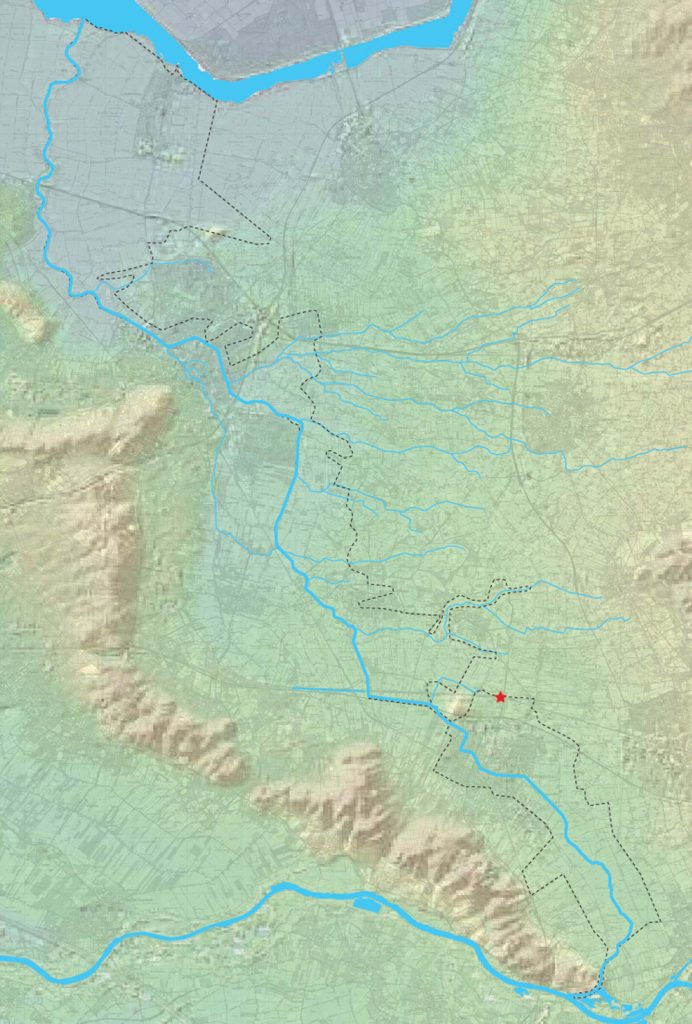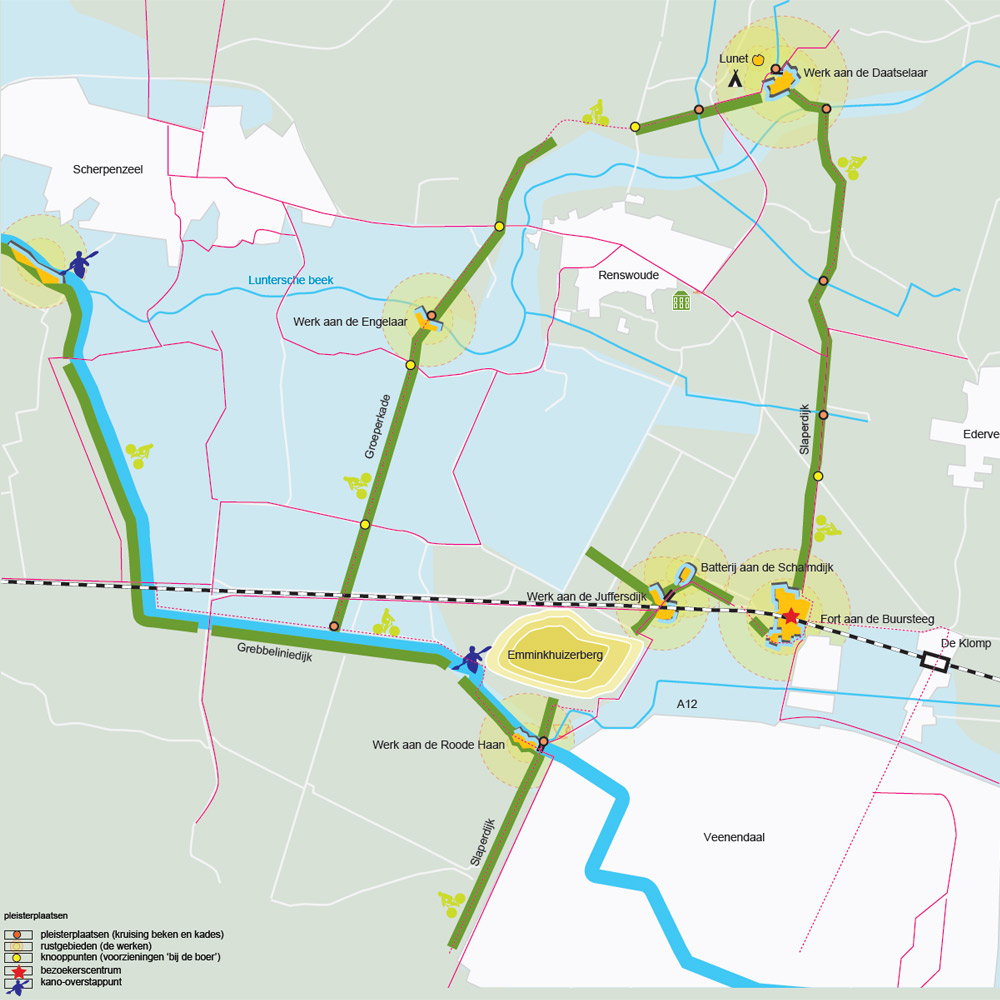Nationaal Monument: The Grebbe Line regional park, NL
The Grebbelinnie In Progress, Master Plan: Design Principles And Realization





The Grebbe Line is a military defence line approximately 68km long, that can be inundated and dates back to the 17th century. It is a national monument. Together with landscape architect Michael van Gessel and Patrick Mc Cabe ( REDscape) the landscape architects were invited to design and detail a line of furniture for the Grebbe Line that would reinforce the vision they had set down in the master plan for the national monument. After completing the masterplan and designing several forts, a handbook of furniture was developed to include the most important generic objects and details to be applied along the 68km length of the Grebbe line. The aim is to create a a clear and cohesive image for the Grebbe Line as well as a hand book on how to build and construct the different objects. Later Patrick went on to be the spatial supervisor for the visitor’s centre at Fort aan de Buursteeg.

The designs set out to be unobtrusive and simple, underlying the military, yet rustic qualities of the Grebbe Line and complimenting its many earthen forts and works in the Gelder valley. The line of furniture is composed of three essential materials, steel, wood and sand. The black coated steel components were used for the fencing, pedestrian and cycle sluices and information boards. The wooden objects included the benches and tables. The wall components, including coupures, quay walls and other vertical components were made from sand bags with a concrete mix. The pathways are made from sand. The entire suite of furniture been detailed, priced and and circulated as a digital handbook for anyone working on the any of the areas of the Grebbe Line. The furniture designs have been currently used at over five forts and works and several incidental areas along the the Line’s length for smaller projects. The suite consists of fencing, information boards, picknick tables, benches, coupures, steps and slopes, cycle and pedestrian sluices and even tunnels for the movement of amphibians.

In the context of the reconstruction of the Grebbe Line and the various works on this line, specific projects will be defined and implemented in the coming years. The project describes a certain standardization of various furnishing elements and furniture. It serves as a guide to the various parties involved in preparing specifications.
The aim of the proposals is to create a clear appearance of the Grebbe Line and to draw visitors’ attention to the history of the place. The furniture has been further developed with this goal in mind.
The designs are presented unobtrusively and simply, the military but rustic qualities of the Grebbe Line form the basis and the idea is to complete the many earthen forts and works in the Gelderse Vallei. The furniture line is composed of three essential materials: steel, wood and sand. The steel parts with a black coating are used for the fence, pedestrian and bicycle locks and information signs. The benches and tables are made of wood. The wall components, including denominations, quay walls and other vertical elements, are made of sandbags with a concrete mixture. The paths are made of sand.

The full suite of furniture has been detailed, priced and distributed as a digital handbook for anyone working on any of the projects within the Grebbe Line area. The furniture designs are currently being applied to more than five forts and works and a number of incidental areas along the Grebbe Line for several smaller projects.
Raw, simple materials form the basis for the elaboration. Paths are constructed in a semi-paved surface of sand mixed with loam. The paths must be finished in a well-rounded manner. Steps and ramps are made of concrete with a sweeping stroke. Ramps are constructed in elongated strips and provided with dilation. The mutual distance of the dilations is determined by the load-bearing capacity of the subsurface. The rule is every 5 m. All steel parts are preserved (hot-dip galvanizing) and provided with a coating in RAL 7021. the moving parts in the hinges: these are made of stainless steel.
The Daatselaar and the Asschatterkeerkade are the first in a series of small projects (designed by Michael van Gessel together with Patrick Mc Cabe) for the Grebbelinie. By making small interventions in the landscape, the military landscape of the Grebbe Line with its 67 km becomes experienceable again. A series of larger projects, including the reconstruction of the Fort aan de Buurtsteeg, De Hoornwerk and Lambalgen, will be completed in 2014-2015.

Client: Stichting Voor De Gelderse Vallei (SVGV)
Team: Patrick Mc Cabe (REDscape), Michael Van Gessel (Hoofdaannemer)
Status: Completed
